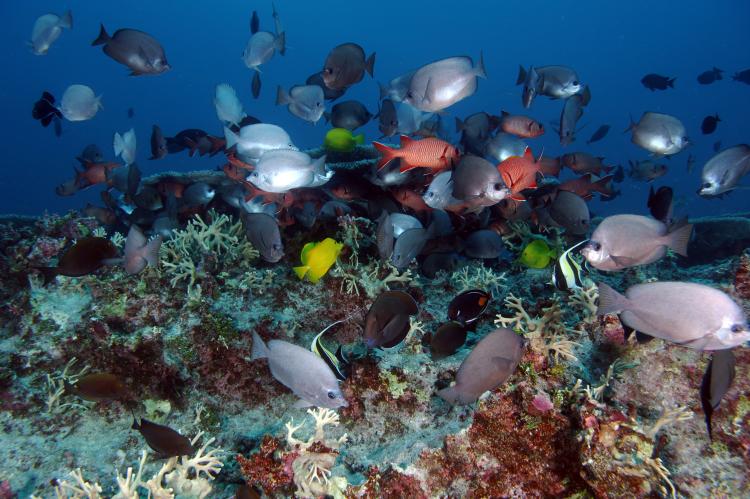Fish born in marine reserves turn out larger and healthier
Perhaps it shouldn't turn out to be a surprise, but a study has shown that fish born in marine protected areas that disallow fishing grow to be larger and healthier than their counterparts born in areas where fishing takes place.
Some fishermen have viewed reserves where no fishing activities are allowed as an hindrance to their livelihood, but a recent study by the Florida Institute of Technology seems to disprove this perception.
Published in the journal PLOS ONE, the findings of the study show that marine protected areas (MPAs) have helped to produce and maintain the larger and older fish within populations that previously have been targetted by fishermen.
These fish go on to lay higher quality eggs, which in turn produce healthier fish that grow larger and reproduce more offspring. As the fish mature, they will inadvertently swim out of the MPAs, and into the areas where fishing is allowed, where they can be caught by fishermen.
“It’s like raising them in aquaculture and putting them back, but this is more natural way of replenishing depleted stocks,” said Fulbright faculty scholar Ralph Turingan, a professor from the Biological Sciences Department.
In contrast, in areas where fishing activities were permitted, the larger-sized fish would be targetted and caught by fishermen, leaving mainly smaller fish in the population. These fish go on to mature at younger ages and smaller sizes, and subsequently produce smaller eggs and weaker fish.
In their research, Turingan, Fulbright scholar Robert Fidler and their collaborators had focussed on coral reef fish in the Philippines.
They compared key life-history traits (maximum length, growth rate, and body size and age at sexual maturity) in the brown surgeonfish, lined bristletooth and manybar goatfish living in MPAs with those of the same species living outside the reserves.


